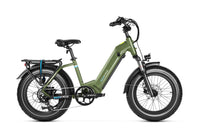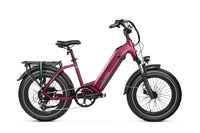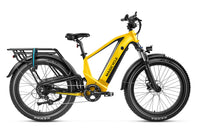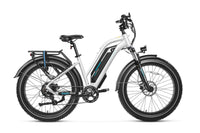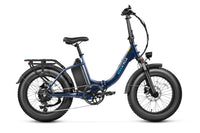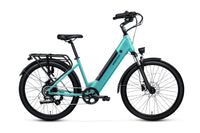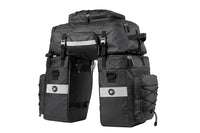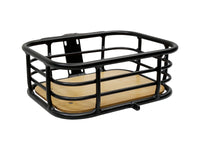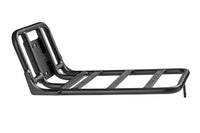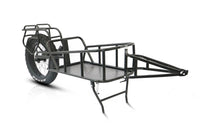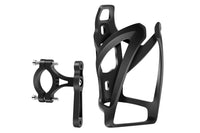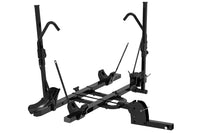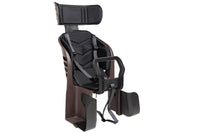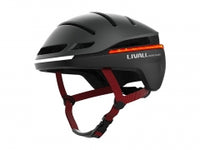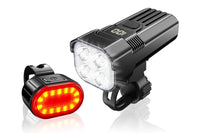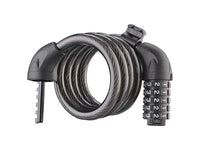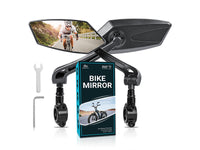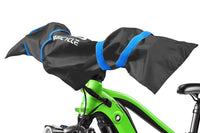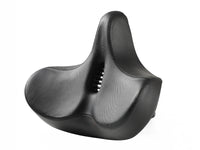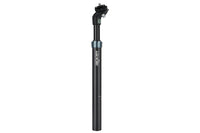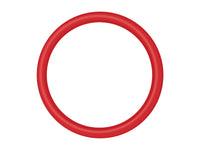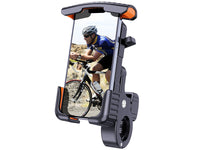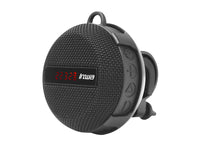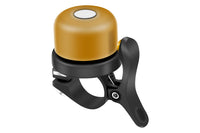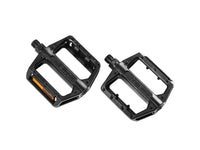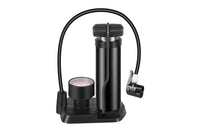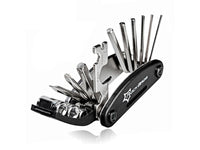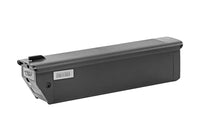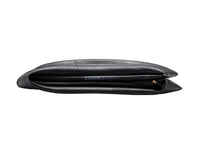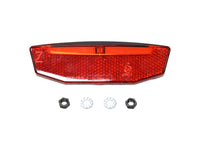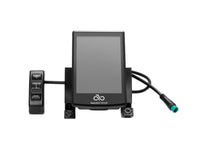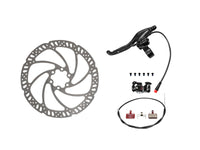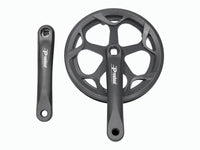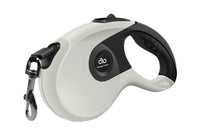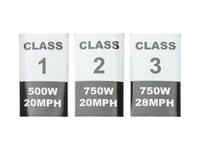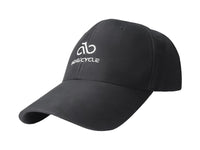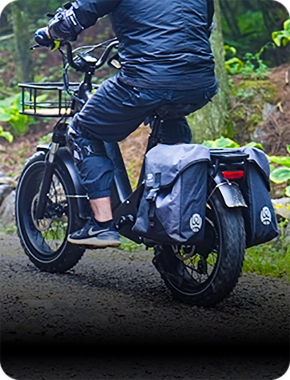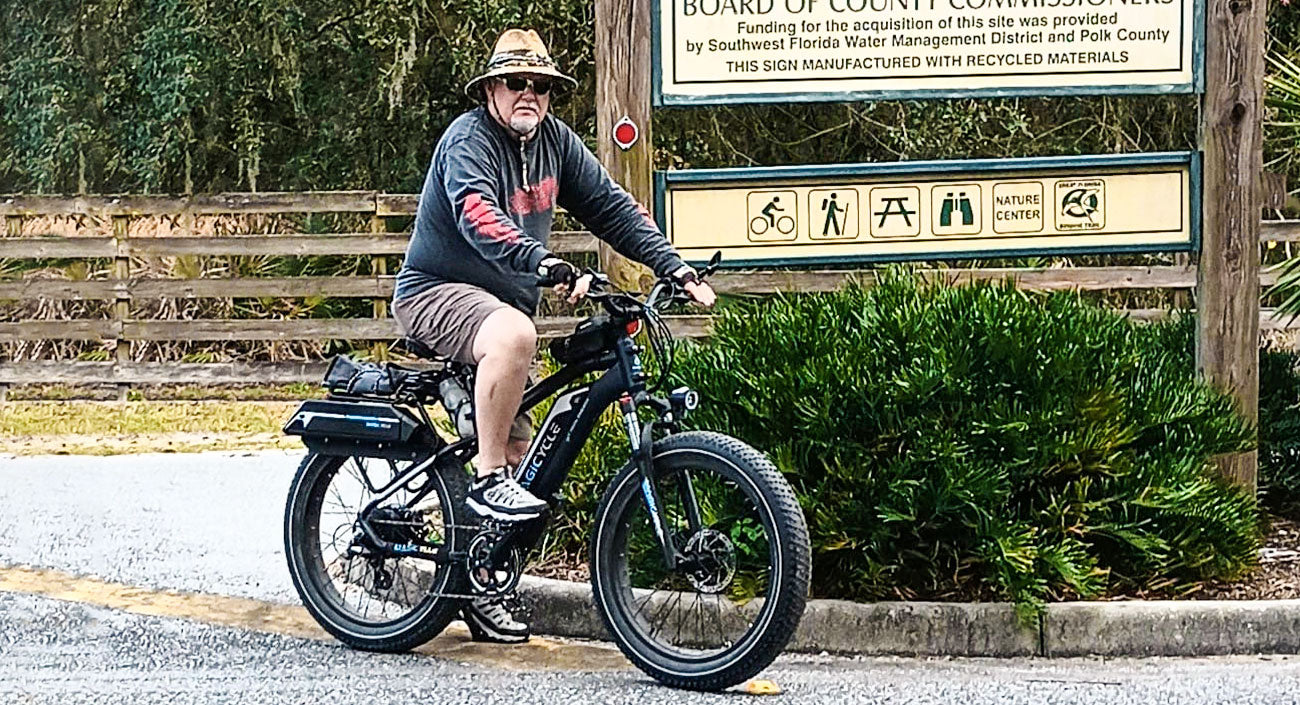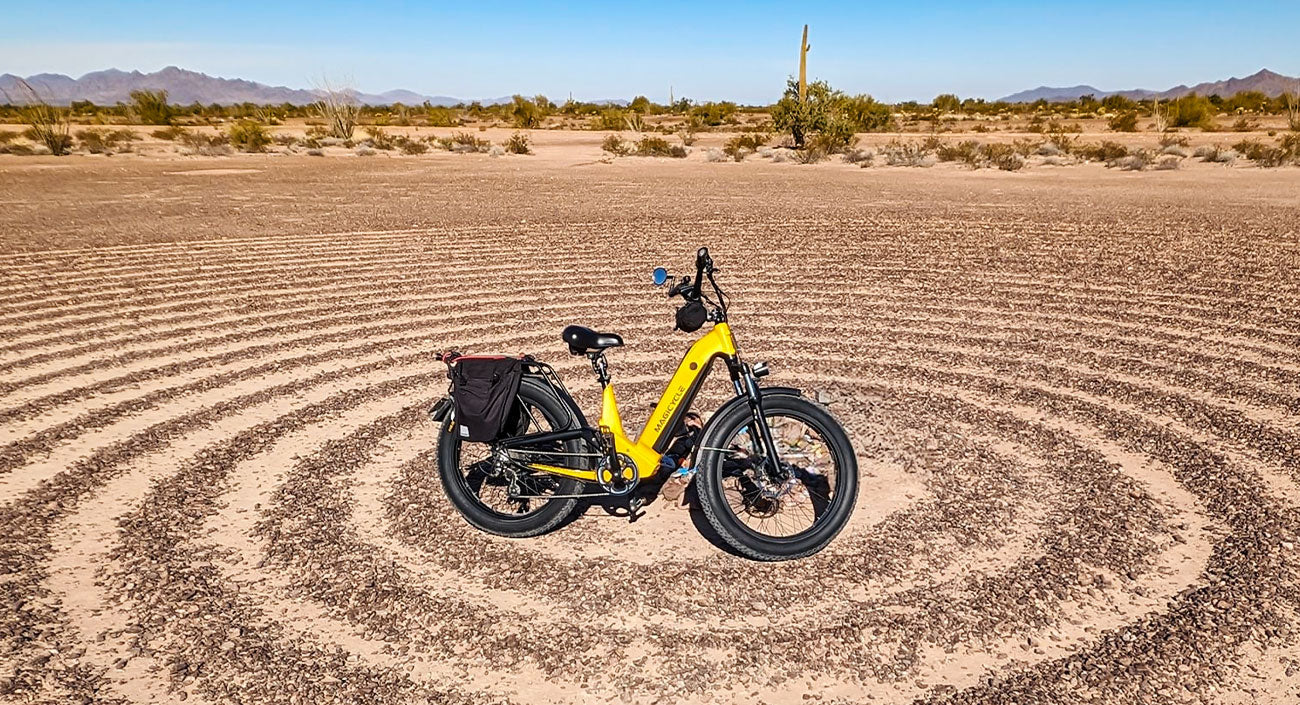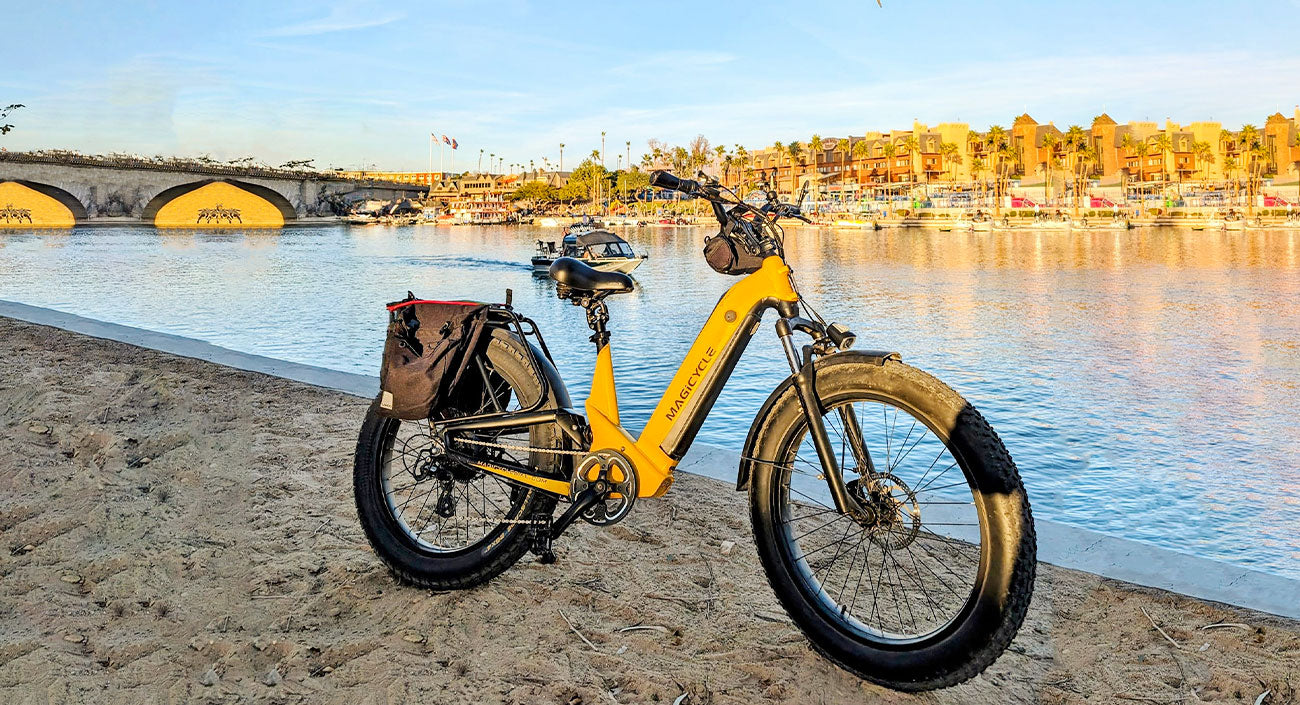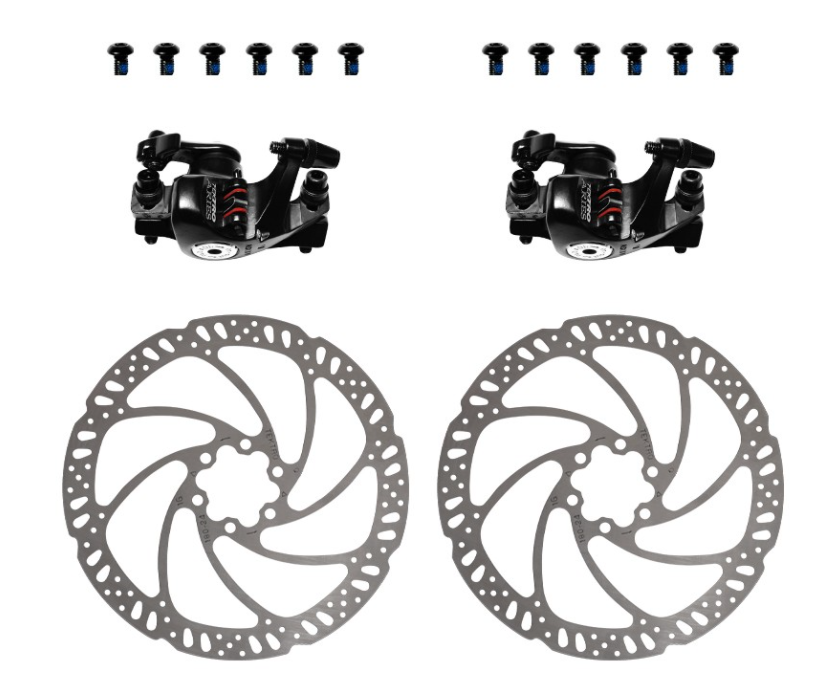 July 02,2023
July 02,2023
 July 02,2023
July 02,2023
Whether you like it or not disc brakes are here to stay when it comes to ebikes but for some e-bike beginners what are they and how do they work are major courses they need to take when they step into the e-bike world.
There are two main types of disc brakes: mechanical and hydraulic. Mechanical disc brakes are widely chosen by many e-bike manufacturers however nowadays hydraulic brakes are quickly sweeping the market but the price keeps many customers out of the door. If you are overweight, especially when the overall load on the e-bike reaches over 300 lbs, hydraulic brakes are definitely needed. If not, mechanical dis brakes can perfectly offer you sufficient stop power. Tektro Aries MD-M300 is a mechanical disc brake system for all Magicycle models. If needed you can put hydraulic disc brakes into your cart.
Mechanical disc brakes are cable-actuated relying on a cable attached to the brake levers to activate the braking in a similar way to rim brakes. Hydraulic disc brakes do a wave of the cable and use hydraulic fluid in a fully sealed line. When you brake, increased pressure is applied to the caliper which presses the pads against the disc. A disc brake consists of a metal disc or rotor attached to the front and rear wheel hubs. Calipers are attached to the frame or fork. The calipers contain Pistons that sit on either side of the disc behind the brake pads. The calipers are attached to the brake levers by the brake lines. When you brake pressures are applied to the Pistons which engages the pads around the disc. As the pads drag against the disc and the wheel the bike is slowed as kinetic energy of motion is transformed into thermal energy or heat.
Most discs or rotors are made of high-quality stainless steel and raised in diameter from 140 millimeters up to180 from most Road and gravel bikes.
There are holes in the disc so that water and other debris can get out from under the brake pad. That's how the disc brakes work but why are they so popular?
There are a few reasons these brakes work well. In all weather conditions, the braking surface is further from the ground while the calipers of the rim brakes are better protected and the holes in the disc better displace water. Stopping power is greater than rim brakes thanks to the calipers which can be made very stiff indeed and the fact that a disc is much smaller than the rim on a bicycle wheel which means this brake by earlier giving more braking power during the initial application of the brake. Braking is also more consistent with disc brakes. That increased control or so-called better modulation means you can be sure of the resultant braking power you'll get from each pull of the brake lever. There are also some downsides to disc brakes though. These brakes add a braking surface fire a separate disc. This adds weight compared to bikes fitted with rim brakes. These brakes use a different hub compared to standard rim brake wheels which means you'll need to invest in the new set of wheels if you're ready to take the leap.
























































